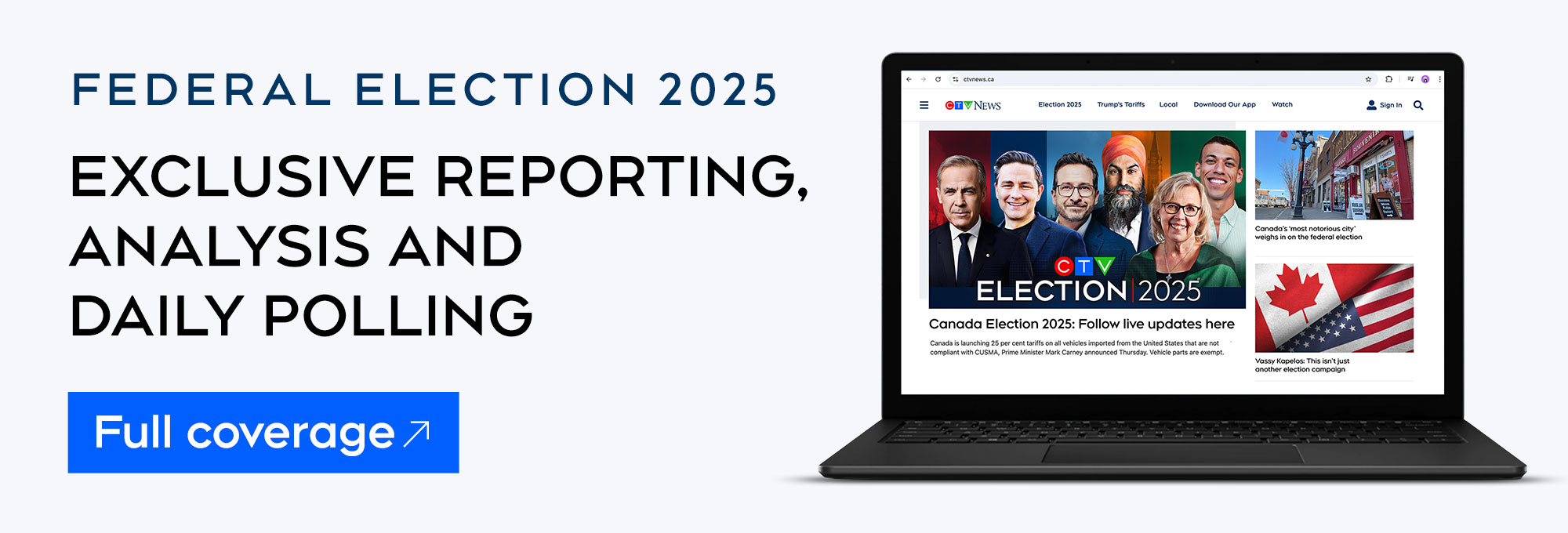Artificial intelligence is a growing part of our world. For many, it’s a tool. For others, it’s a threat. Mohit Rajhans, a mediologist with thinkstart.ca, joined CTV Morning Live’s Kent Morrison to discuss its impact on social media and the lack of accountability from tech companies.
This transcript has been edited for length and clarity.
Kent Morrison: What implications of AI are you seeing professionally right now?
Mohit Rajhans: I think artificial general intelligence is here to stay. We’re seeing it being used on everything from laptops to phones now that it’s very easy for people to become disruptive with the technology, just as much as it is for people to be able to use it for nefarious reasons. What I’m seeing from a social listening perspective, which I do professionally, is that it is infiltrating social media at a place and at a pace where it’s not only entertaining and exciting, but it’s also extremely dangerous.
Kent: So who’s the victim so far? Who is the target of things like deep fakes and AI content going out through social media and other places?
Mohit: Let’s not make any mistakes. The tech companies are doing exactly what they were asked to do, which is to deliver on video generation and AGI at a pace where people could start to use this type of technology. But what’s happening now is this lack of accountability, especially within the Canadian sector, that’s showing that for everyone, from elections to foreign interference, can be at play when using some of this culture. Remember, just four or five years ago, it was problematic to have memes that actually indicated some sort of political discourse. Think about that in video format now, and think about the fact that anyone from an 8-year-old to an 80-year-old can participate in that synthetic media creation.
Kent: What tools are out there for people to understand this better and have a better handle on what they’re seeing?
Mohit: First of all, we need to have conversations like this. There’s a general news blackout when it comes down, Canadian news in particular, on certain social media apps. It’s really hard for our family members to understand and decipher how quickly this is getting out of hand, so we need to speak to our family members first when it comes down to one-on-one. We don’t want them to think that this is fake. We want the people in our lives to understand how quickly deep fake technologies infiltrate all different aspects of media, and we need to second guess and question. A lot of these social media apps will help you flag certain things that you think are wrong, but that could be a matter of debate, and many times we do this reactively.
Kent: Now, who’s taking advantage and actually using these things as a tool right now? Who can we look to for help? Who has been able to harness this?
Mohit: It’s a little bit of a double edged sword, if you think about it. Most people that are involved in the elections will use the Meta platforms to advertise. Meta is also creating other AI related tools in order for people to create better and more efficient and sometimes, funny content. The question about who is using it isn’t really where we’re going to get to the problem. Where we’re going to get to the problem is for people not understanding how quickly it can be made and weaponized. You have to go where your audience is, and there’s no major media brand that is shying away from using social media right now. The question is, will they take a stand when it comes down to misinformation and disinformation? And that’s the real precipice that we’re at right now.
Kent: Should people be pushing these companies to take such a stance or, where does the answer lie?
Mohit: Even having this conversation on television, if I was to try to post this on social media, it would be blocked in many situations. So think about how many different avenues we as Canadians still have to go to in order to actually seek some of the information and guardrails that will protect us. I think digital media literacy right now needs to go through a complete reboot at a schooling level, because these students are going to be learning how to use these tools in order to work in the future. So why can’t we embrace this in this proper way where we teach ethics and digital literacy at the same time? I don’t think it’s going to be on the tech companies to be able to put the guardrails up quick enough, because a lot of this technology is really, really well coded.








